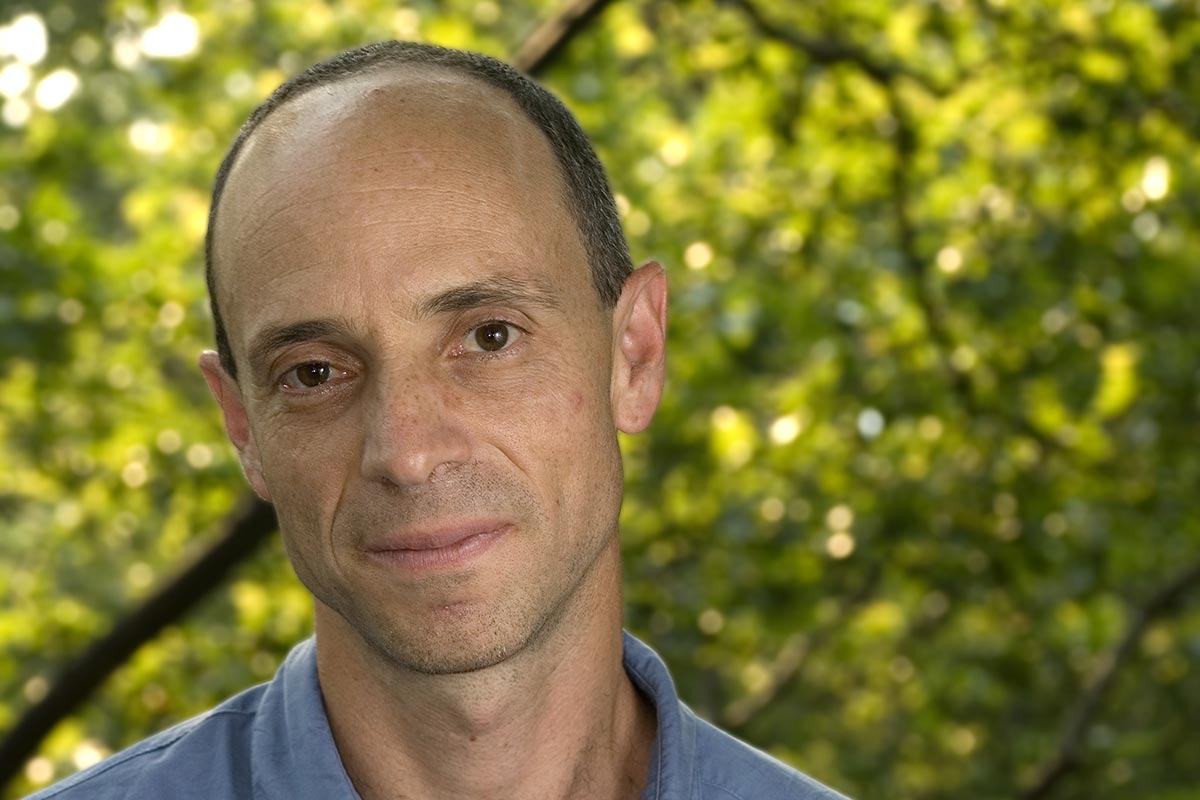COURSE AUTHOR
Drew Shindell

Drew Shindell is currently the Nicholas Professor of Earth Sciences at Duke University, and previously studied atmospheric chemistry and climate change at NASA's Goddard Institute for Space Studies in New York City. Growing up in California's Bay Area, he always wanted to be a scientist, and studied physics at the University of California at Berkeley, only 20 minutes from home. In grad school at the State University of New York at Stony Brook he studied high-energy physics, but switched to atmospheric physics because he wanted his work to have more social relevance. A high point was joining a research group that went to Antarctica to measure the hole in the ozone layer, which he figured would be a lot of fun, "and it was," he recalls happily.
Drew liked New York City, "so I ended up coming to work at NASA - and never left!" At first he concentrated on ozone depreciation in the stratosphere, "which was one of the largest global environmental problems that humanity had every faced," he points out, "and the world did manage to come together with the Montreal Protocol." (This landmark international agreement reduced the production of ozone-depleting substances like chlorofluorocarbons. The ozone layer is expected to recover by 2050.)
Climate change was another enormous global issue coming down the road, which appealed to Drew because it involved "all sorts of really compelling and interesting science questions that had not been solved and that could affect the stratospheric ozone layer. So I started working on whether these two global environmental issues were interrelated." He and his colleagues use computer models (mathematical representation of different physical processes) to unravel the ways in which Earth's climate and chemical systems interact. He evaluates the models by comparing the results to data from satellites, from aircraft that fly through the atmosphere, and from ground-based stations like the one he manned in Antarctica 20 years ago. "By understanding what our model does well and what it doesn't, we know where to focus our efforts to make it better," he explains.
The humanitarian and public health implications of his work remain a driving concern. For example, Drew's also interested how issues of air quality and climate change intersect, as is the case with particles that affect solar radiation in the stratosphere that can also cause severe health problems in the lower atmosphere when people inhale them. On a broader scale, he points out that "we can see all these consequences of climate change facing humanity: rising sea levels, disruption to agriculture, degradation of public health." Teachers, Drew believes, are essential to communicating "the real and substantial risks, so that people understand that even if they don't appear as immediate as many other problems society faces, we should take action now."
Drew has written or coauthored many articles in peer-reviewed journals on topics ranging from why Earth was plunged into a "Little Ice Age" during the 17th Century to the effect of changing greenhouse gases on the composition of the stratosphere.